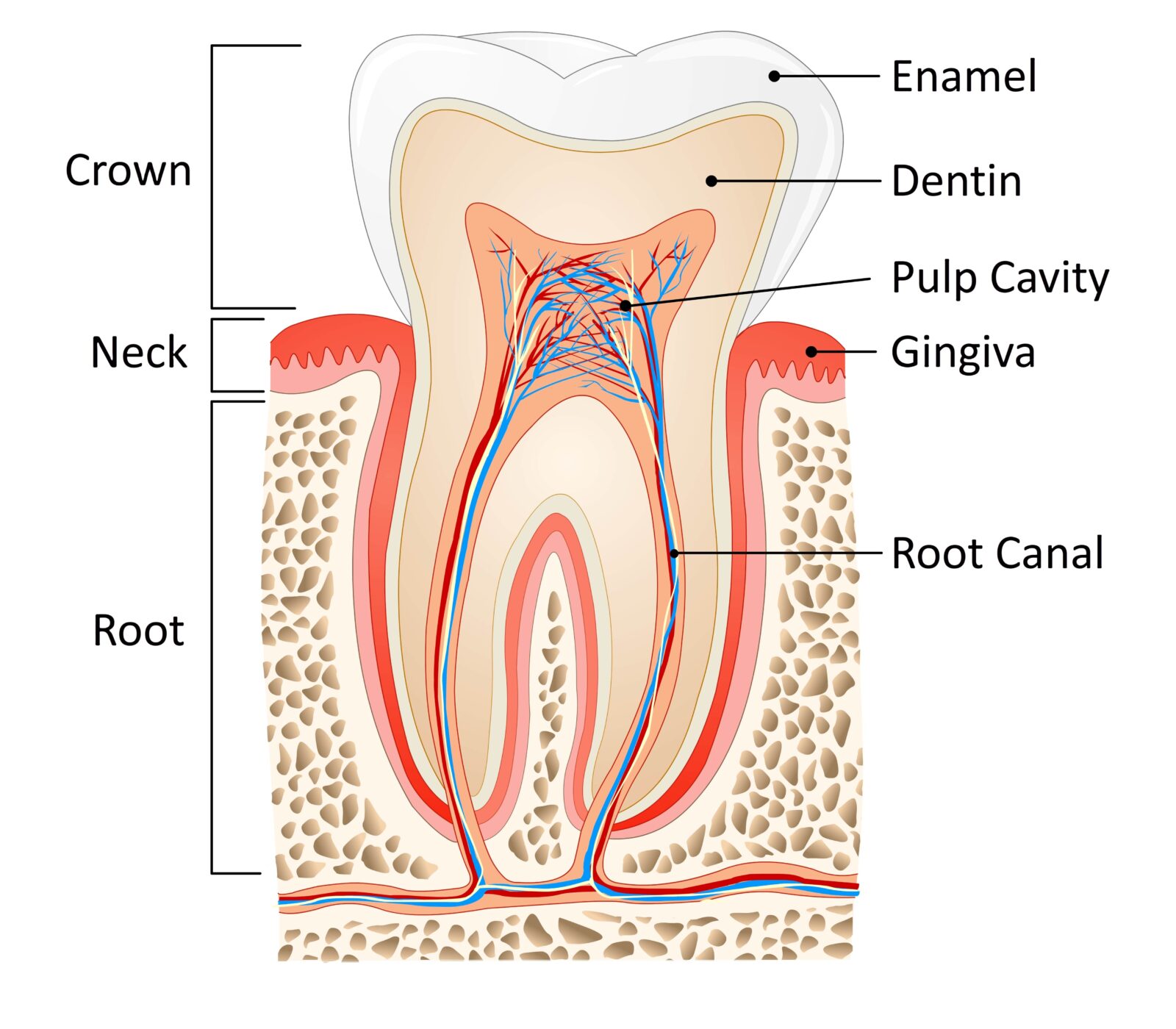When it comes to dental procedures, one treatment that often invokes a sense of anxiety and fear is the infamous root canal treatment. The mere mention of a root canal can make people cringe. However, it is important to understand that root canal treatment is a highly beneficial procedure that can alleviate pain and save your natural tooth from extraction. In this blog, we will delve into the world of root canal treatment, demystifying the procedure and shedding light on its importance in maintaining oral health.
What is a Root Canal?

A root canal refers to the natural cavity within the center of a tooth that houses the dental pulp. The dental pulp consists of nerves, blood vessels, and connective tissues, which help to create dentin and provide the tooth with nutrients. When the dental pulp becomes infected, this is known as pulpitis.
Root canal treatment, also known as endodontic treatment, is a dental procedure aimed at removing infected or damaged dental pulp from the tooth’s root canal. The procedure involves cleaning, disinfecting, and filling the emptied root canal, ultimately sealing it to prevent reinfection. Root canal treatment can be performed by a dentist or an endodontist, a dental specialist who specializes in diagnosing and treating issues related to the dental pulp and root canals.
Signs that Root Canal Treatment is Needed:
There are several signs and symptoms that may indicate the need for root canal treatment:

- Persistent toothache: Severe, lingering tooth pain, especially when eating or applying pressure, can be a sign of infection or inflammation within the tooth.
- Sensitivity to temperature: Increased sensitivity to hot or cold foods and beverages, even after removal of the stimulus, may indicate a problem with the tooth’s pulp.
- Gum inflammation: Swelling and tenderness of the gums around the affected tooth may be a sign of infection spreading to the surrounding tissues.
- Discoloration: Darkening or discoloration of the tooth may indicate the death or deterioration of the dental pulp.
- Abscess formation: A pimple-like swelling on the gum, accompanied by pain and drainage, could indicate the presence of an abscess, which requires immediate dental attention.
The Root Canal Treatment Process:

- Diagnosis: A thorough examination, including X-rays, will be conducted to determine the extent of the damage and the need for root canal treatment.
- Anesthesia: Local anesthesia is administered to numb the area around the affected tooth, ensuring a pain-free experience during the procedure.
- Pulp removal: An access hole is created in the tooth, and the infected or damaged dental pulp is carefully removed from the root canal using specialized dental instruments.
- Cleaning and disinfection: The root canal is meticulously cleaned and shaped to remove any debris, bacteria, or infection. Antimicrobial solutions may be used to ensure thorough disinfection.
- Filling and sealing: The cleaned root canal is filled with a biocompatible material called gutta-percha, which seals the canal and prevents recontamination. In some cases, a temporary filling is placed to protect the tooth until a permanent restoration can be placed.
- Restoration: Depending on the extent of the tooth’s damage, a dental crown or filling may be recommended to restore its functionality and appearance.
Benefits of Root Canal Treatment:
Root canal treatment offers several advantages, including:
- Pain relief: By removing the infected or damaged dental pulp, root canal treatment effectively relieves toothache and eliminates discomfort.
- Tooth preservation: Saving the natural tooth through root canal treatment helps maintain the jawbone’s integrity, dental alignment, and overall oral health.
- Improved oral health: By eliminating infection and preventing its spread, root canal treatment reduces the risk of developing abscesses and other oral infections.
- Efficient chewing and biting: Restoring the tooth’s functionality allows for proper chewing and biting, ensuring optimal digestion and overall well-being.
In Conclusion:
Contrary to popular belief, root canal treatment is a highly beneficial and important dental procedure. It not only provides relief from pain but also saves natural teeth from extraction, preserving oral health and overall well-being. If you experience any signs or symptoms indicating the need for root canal treatment, consult with a dental professional promptly. Remember, early intervention is key to successful treatment and maintaining a healthy smile.

Dr. Snehlata Kulhari completed her Bachelors of Dental Surgery (BDS) at Government Dental College in Punjab, India and her Doctor of Dental Medicine (DMD) degree at the Henry M. Goldman School of Dental Medicine in Boston. She has been practicing dentistry since 2011 and has founded Smile Mantra Family Dentistry to provide dental care and education to the community of Cary, NC. Dr. Kulhari stays up to date on the latest dental research and advancements in order to offer her patients exceptional dental care.



